Rabindranath Tagore is the first celebrity endorser I know of: Sumanto Chattopadhyay
David Ogilvy once said, ‘If you do not have a strong idea for your advertising campaign, then the easy way out is using a celebrity’. World over brands engage with celebrities very judiciously, but in India the use of celebrities in ad campaigns is quite high. Actors and cricketers rule the roost when it comes to celeb power in ads, with the former having a huge edge over the latter.
While it may seem that almost every other ad features a celeb endorser, brands are actually quite particular while deciding to associate with a celebrity, and there are several levels of discussions involved in deciding on the right celeb and brand fit. Some legacy brands are known to go to great lengths to safeguard themselves while bringing on board a celebrity endorser.
This week, our weekly column ‘Talking Insights’ explores the world of celebrity endorsement with Sumanto Chattopadhyay, Chairman & Chief Creative Officer, 82.5 Communications. Chattopadhyay provides several deep and interesting insights into celebrity endorsement in India, past brand-celeb associations, brands’ thought process behind the entire engagement exercise and much more.
Most brands today go after celebrities. I was once told that you use a celebrity only when you do not have a great campaign idea. Using a celebrity is the easy way out. What are your views?
I too was brought up to believe that using a celebrity is a cop-out, a convenient substitute for good creative work – where the celebrity becomes a stand-in for the creative idea.
Strange as it may seem, at times the decision to sign a famous face has even been born out of the decision-maker’s desire to rub shoulders with glamorous people!
Nevertheless, all said and done, the power of celebrity is enormous in India – and therefore not to be dismissed by advertisers. A celebrity can help an unknown brand rapidly become a household name. And, in a sea of undifferentiated offerings, the endorsement can swing the decision in a particular brand’s favour.
Here is a bit of the theory that underpins what we are discussing: According to McCracken’s meaning for transfer model, one of the ways in which an endorsement works for brands is by taking off from the known or perceived lifestyle cues and personality of the celebrity. These rub off onto the brand via the advertising campaign. Then these perceived qualities are transferred to consumers when they purchase the endorsed product.
A celebrity can persuade consumers to change their behaviour in other ways too. An innovative example of behaviour change in the social sector is the superhit movie ‘Toilet: Ek Prem Katha’. This 2017 Akshay Kumar starrer supported the Indian government’s mission to improve sanitation and eradicate open defecation. The film can be seen as a creative celebrity-based campaign that successfully raised awareness for a social cause and helped change dyed-in-the-wool behaviour.
Indian movies are made as vehicles for stars. And their stories, if any, are only there to emphasise the established elements of the stars’ image. ‘Toilet’ is a rare example of a movie serving a larger cause.
Are celebrity endorsements a relatively recent phenomenon that started with globalisation in India?
While it was globalisation in the 90s that truly opened the flood gates for celebrity endorsements in India, the phenomenon goes back much further in time. Particularly in the international context.
In the 1760s, Wedgwood created a tea set for Queen Charlotte of England. This officially earned his brand the label ‘Queen’s Ware’ and made it all the rage for royalty and the well-heeled all across Europe. It is one of the earliest international examples of a celebrity endorsement in the world. Coming to India, Rabindranath Tagore is the first celebrity endorser I know of.
Starting with the promotion of a collection of his own songs in 1889, he went on to endorsing dozens of mostly swadeshi brands in categories ranging from cosmetics to foods. For Godrej Soaps, he averred, ‘I know of no foreign soaps better than Godrej’s and I will make a point of using it.’
In 1941, the year of Tagore’s passing, the actress Leela Chitnis became the face of Lux – the brand that has most consistently used film stars to promote itself.
Jumping ahead to the 70s and 80s, Rajesh Khanna, Amitabh Bachchan and Jackie Shroff endorsed Fabina Suitings, Bombay Dyeing and Binny, respectively. The in-film placement of the Rajdoot scooter in ‘Bobby’, with Rishi Kapoor riding it, made it an instant hit. Vinod Khanna lent his persona to Cinthol Soaps. And so did Pakistan cricket captain Imran Khan! Tabassum endorsed Prestige pressure cookers and Jalal Agha, Pan Parag.
Among Indian cricketers, Farokh Engineer endorsed Brylcreem and Sunil Gavaskar, Dinesh Sutings. Gavaskar even appeared with Sandeep Patil and Ravi Shastri in a Thums Up ad. And Kapil Dev recommended Boost and Palmolive – the latter with the legendary line, ‘Palmolive ka jawab nahin!’
Celebrities cost a lot. So, how do you plan and decide to choose a celebrity, be it from Bollywood or Sports, to fit the brand? Any theory or logic that is followed here? Is it a joint decision made by the Client and the Agency?
In the majority of the cases where I have worked with celebrities, they have come to me as a done deal from the client. One notable exception was Home Centre, for whom we created communication in the Middle East market. We discovered that a Lebanese pop star called Nancy Ajram held sway over our target audience across the region and represented the kind of image that would work for the brand. We recommended her for a campaign, the client signed her on, and the association was a success.
In India, A-list celebrities are more or less restricted to cricketers and film stars. So, one ends up choosing from a relatively small pool. Yes, there is an effort to broadly find a fit between the brand and the star –but the selection approach is essentially based on the belief that the bigger the celebrity you can afford, the more your brand benefits.
People will tell you that there is a science to it, but given that our top celebs are endorsing a couple of dozen brands each, that science becomes a wee bit questionable. So, I go back to my earlier point that one looks for a broad fit, not a precisely defined one.
Do brands try fresh faces or to be safe go for the trusted and seasoned celebrities? Any risk factor involved in going for fresh faces?
Brands tend to play it safe by sticking to the big names. Around the world a big celebrity can make a big difference to a brand. When Chanel signed Nicole Kidman in 2003, worldwide sales of the endorsed perfume went up by 30% – clearly a huge impact.
It is when brand owners cannot afford an A-lister that they end up experimenting with a new face. Of course, there are exceptions – where a more visionary brand-custodian who does not have a dearth of funds, but finds a ‘je ne sais qoi’ in a budding celebrity that he or she believe is worth taking a punt on. For Pond’s, we discovered many new faces – ones that went on to become big celebrities. This approach only works with brand custodians who are confident of their own judgement.
A possible risk with a new face is that it does not have as big a reach or as much influence as the bigger names. So, you may not get a return on even the smaller sum you spend. The other issue is that a budding celebrity’s image may not yet be set and, therefore, the association could lead to an unpredictable brand image as he or she experiments or changes course in his or her career. But even villains like Amjad Khan have been successful endorsers – in his case of the brand Britannia Glucose-D biscuits – so I do not think that the type of role an actor plays necessarily has an adverse impact. (And no doubt there were post-rationalisations about why he was the right fit.) The bottom line is that nothing succeeds like success!
A celebrity can do only so much. How do you ensure that you come out with a strong script and idea to which will be delivered flawlessly by the selected celebrity?
A strong script paired with a strong celebrity can be dynamite. One example from my experience is Aamir Khan in the Star Plus ‘Gurdeep Singh & Daughters’ ad that was a part of the campaign that won the Grand Effie in 2018. Khan played a sweet shop owner who had broken tradition to allow his daughters to take his business forward. Star Plus already had a strong association with Aamir Khan, because he had hosted the show ‘Satyamev Jayate’. Both client and agency felt that he would be the ideal celebrity to help amplify the message. That is exactly what ended up happening.
My favourite international campaign that combines a strong creative concept with a celebrity is Old Spice – ‘The Man Your Man Could Smell Like’. The campaign featured American NFL player turned actor Isaiah Mustafa. Many actors were considered for the role, but Mustafa’s audition with the now legendary smooth-talking delivery instantly convinced the creative team that he was ‘the one’. This perfect casting of a celebrity who portrayed the right persona – one that could appeal to women without alienating men – helped make the Old Spice ad an overnight pop culture sensation. What multiplied the success of the campaign was the fan engagement that was created through a series of personalised Twitter response videos recorded by Mustafa.
Does the use of celebrities help brands generate quick awareness? How much does it influence a consumer to purchase the product?
Undoubtedly, stars help generate quick awareness for a brand. A star also influences a consumer to purchase the product – though the extent of this influence depends on factors like the age of the consumer. Broadly speaking, younger people are more likely to favour a brand based purely on the star who endorses it.
According to studies, the human brain recognises and reacts to celebrities as they would a person we know in real life. So, the endorsement by the celebrity becomes tantamount to a recommendation from a trusted friend. This was the effect at play when rural mothers gave their children the polio vaccine after Amitabh Bachchan almost admonished them in the ad campaign for not having done so already. Of course, in the perception of these mothers, Bachchan was more than even a trusted friend – he was like a trusted family elder.
With great power comes great responsibility. There is increasing pressure from public authorities and society on celebrities to do the due diligence on the claims they make about a product.
Is there a shelf life for celebrities? How long does a brand normally leverage a celebrity for a campaign to gain the maximum benefit?
As long as a movie star delivers hits, he or she remains desirable as an endorser. The famous Khans have held sway for years if not decades. Actresses traditionally have a shorter career. But Priyanka Chopra, for example, has bucked the trend. She made a smart global move at an age when heroines of yesteryear faded into oblivion. Aishwarya Rai’s career too is continuing – at least as an icon of beauty, style and luxury.
With cricketers, it is about how successful you are as a player. A bit of panache adds the extra bang for the buck. A successful captain is at the top of the endorsement heap, of course. Virat Kohli has topped the combined heap of cricket and movies over the last few years.
Beauty brands sign up the reigning queens of Bollywood, as consumers subconsciously believe that some of their beauty and glamour will rub off on them. In fact, as studies show, younger people often actively develop their identities and appearances based on the personas of such celebrities. Others live vicariously through these icons, seeing them as an embodiment of their aspirations – which they may fully never attain in their real lives.
But, despite the notable exceptions mentioned earlier, as these leading ladies age or start fading from mainstream cinema, their cachet as endorsers also wanes, and the endorsed brands start looking for more bankable replacements.
Something else that may cut short a celebrity’s life as an endorser is scandal. When Tiger Woods signed an endorsement deal with Nike in 2000, the latter’s market share went up four-fold in six months. When a highly publicised scandal hit Woods, Nike lost a considerable amount in sales and customers. In a move rare in the marketing world, Nike stood by Woods. However, many other brands, such as Gillette, dropped the golfer.
What is the dimension social media brings to celebrity endorsement?
With the advent of social media, brands have been taking advantage of the more intimate engagement that celebrities develop with their fans in this space. In reality, of course, these fans are in a one-way relationship with the celebrities they admire and aspire to be like. This is called a para-social relationship: While the celebrity is unaware of the fan’s existence, clever use of the social media enhances the illusion of a two-sided relationship.
Apart from the film and cricket celebrities on social media, there is a new breed of social media influencers, some of whom are celebrities in their own right. No discussion on celebrity endorsement would be complete, in my opinion, without mentioning them.
Take Instagram, one of the most popular social media platforms. While cricketer Virat Kohli, actresses Priyanka Chopra, Shraddha Kapoor and Deepika Padukone and singer Neha Kakkar may be among the most followed Indians on the platform, there are a growing number of content creators whose endorsement can also add value to a brand. Here are just a few of the successful ones: Dolly Singh in the category of entertainment, Komal Pandey in fashion and lifestyle, the couple Savi and Vid – of Bruised Passports fame – in travel, Shivesh Bhatia in food, and Ranveer Allahbadia, also known as Beer Biceps, in health and fitness.
While their following is modest compared to actors and athletes, their endorsement can at times work better – because they are more selective about their affiliations and partner a brand only when it reflects their own personal brand. Their followers believe that the influencer endorses a brand only after deep research and a positive personal experience with the product. And that they recommend it to their fan base only when they genuinely believe it is right for them.












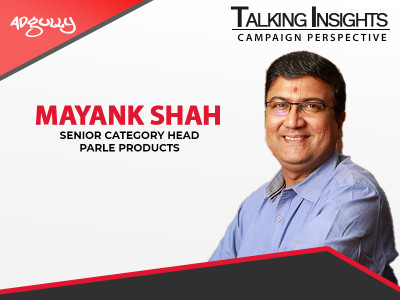
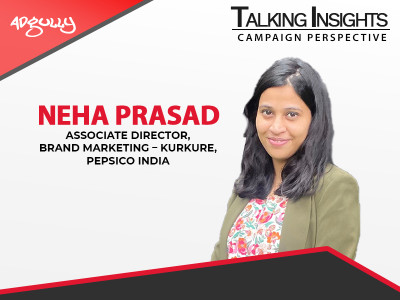
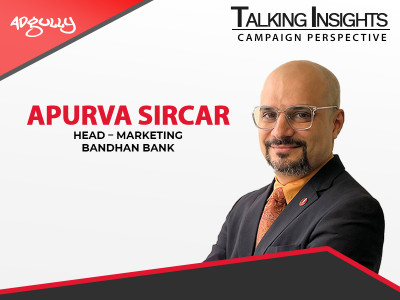
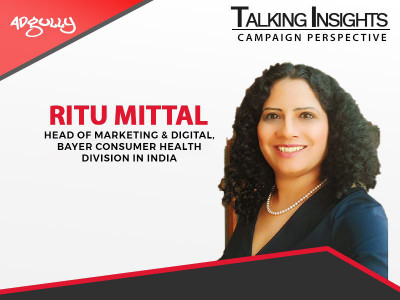
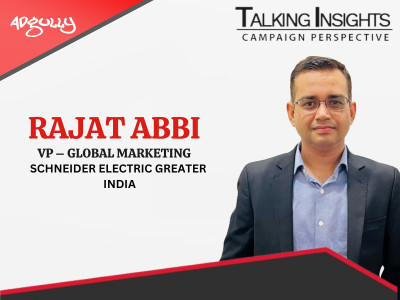
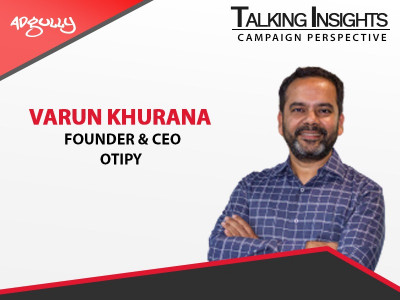
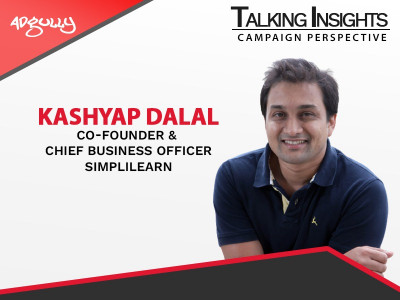
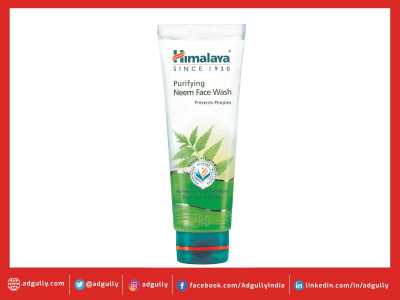

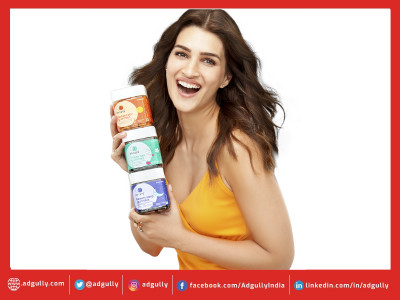
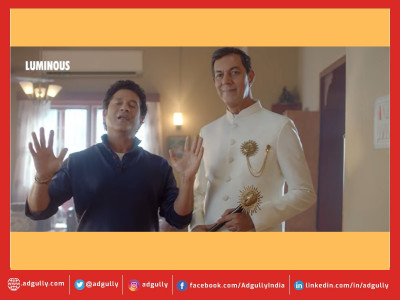

Share
Facebook
YouTube
Tweet
Twitter
LinkedIn